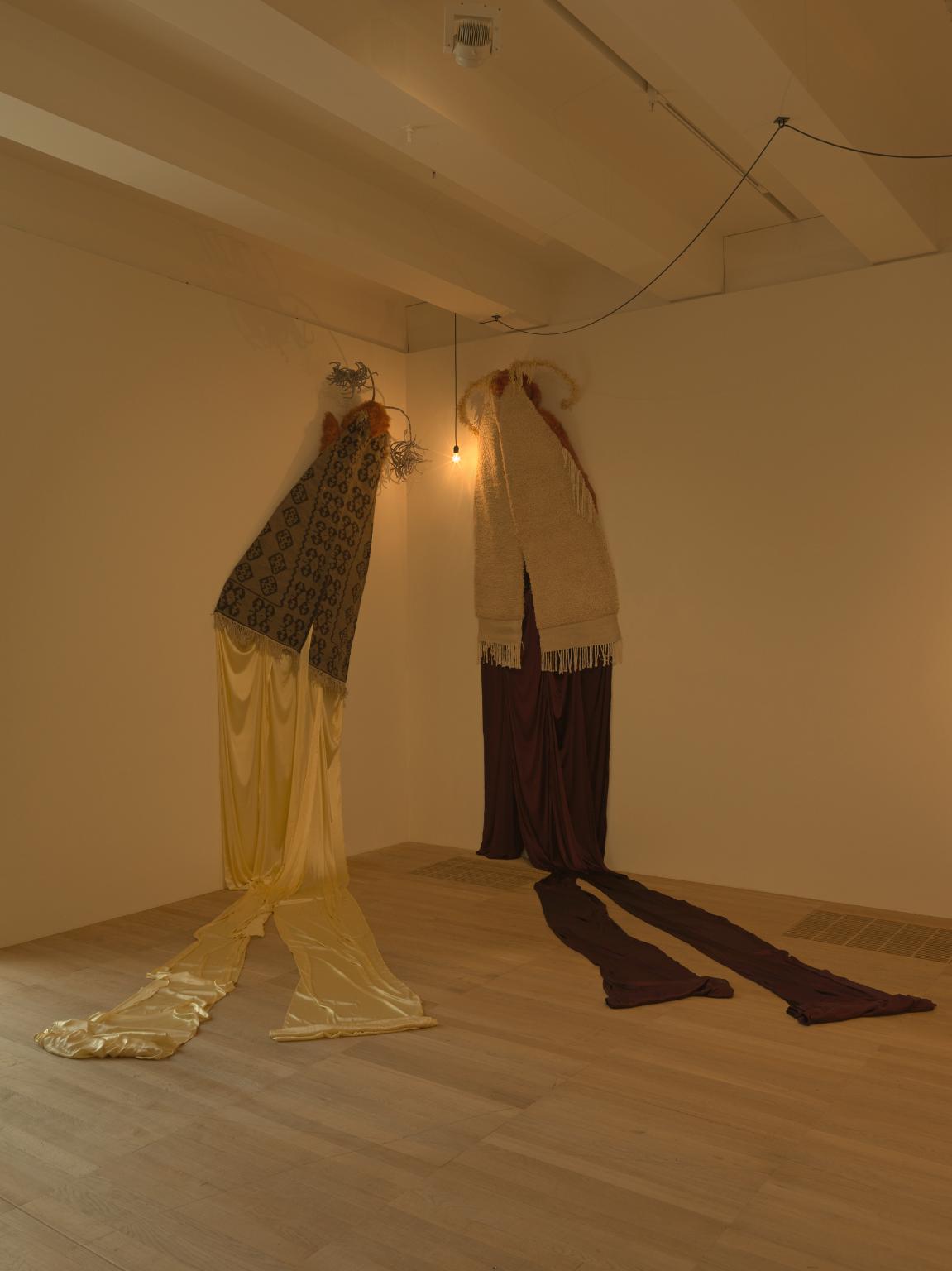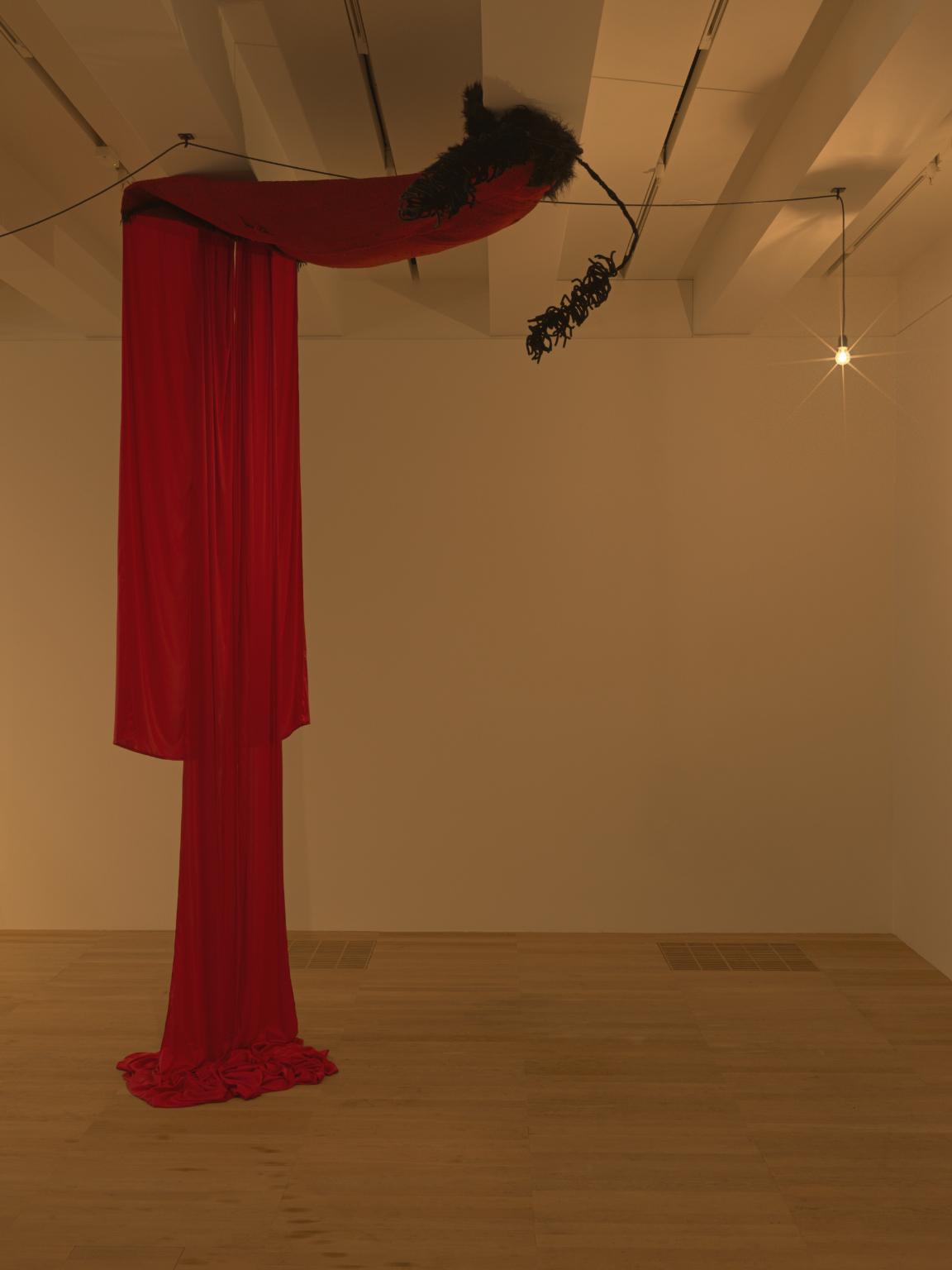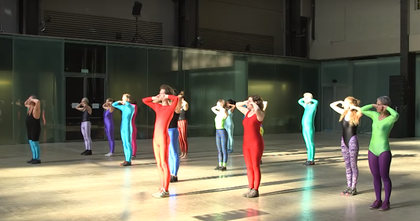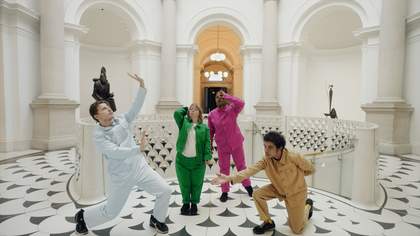See Silke Otto-Knapp’s unusual watercolour technique to depict figures in motion in her multi-panel painting
Like much of Otto-Knapp’s work, A series of images following one from the other. Eine aufeinander folgende Reihe von Bildern 2018 makes frequent reference to ballet and modern dance. Two of the panels are based on the 1923 Ballets Russes production of Russian composer Igor Stravinsky’s Les Noces, with choreography by Polish dancer Bronislava Nijinska.
Another panel relates to the movements and poses in American choreographer Yvonne Rainer’s performance Continuous Project Altered Daily 1969. The figures who seem to clap above their heads were inspired by the British choreographer Michael Clark, which was performed at Tate Modern in 2011. Otto-Knapp was one of those who took part in the open rehearsals in the Turbine Hall. The images of dancers are separated by what she calls illustrations of ‘everyday movements’ such as walking, standing or resting.
Otto-Knapp has developed a unique style of watercolour painting. She paints forms and figures by applying layers of watercolour paint to a canvas and then carefully washes them away. The pigment from the paint floats on the surface. Otto-Knapp moves the separated pigment so it settles in other areas of the canvas. As she repeats the process, layers build up, creating a dark background. The outline of her erased images gradually emerges in contrast to this background. Otto-Knapp then uses brushes, sponges or her fingers to control the variation between light and dark, defining the figures more clearly.
Despite looking as though it was painted with multiple shades of black and white paint, this work was made using a single watercolour pigment called lampblack. Otto-Knapp has compared the effect of washed-out lampblack to ‘printer ink or charcoal.’
Art in this room






